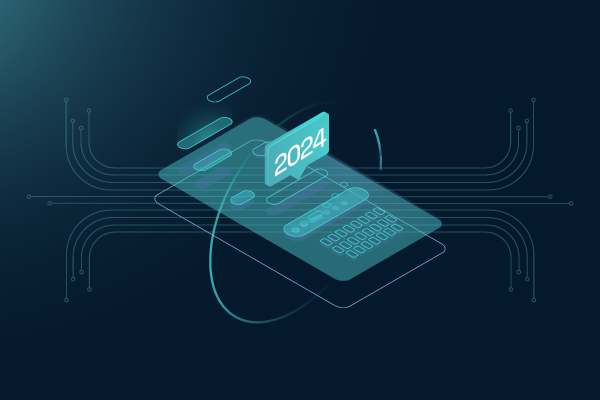SKAdNetwork (recently renamed to AdAttributionKit) used to feel like a novelty but will soon be bread and butter for marketers – a basic necessity for day-to-day operations. It’s easy to lose track of how we got here, so here’s a short refresher on any SKAdNetwork (SKAN), AdAttributionKit (AdKit) and iOS privacy updates from the beginning of SKAN until today’s AdKit.
SKAdNetwork – the beginning
In late March, 2018, an alternative install tracking solution was born, and it was christened ‘SKAdNetwork’. This was the same month that the Cambridge Analytica scandal hit the headlines, and only a few days after the FTC publicly confirmed suspicions that it was investigating Facebook over it.
Was SKAN born out of careful strategic planning? Or was it a knee-jerk response to increasing governmental pressures around data privacy? We will never know.
What we do know is that Apple had already started down the same road with Safari browser. Intelligent Tracking Prevention (ITP) 1.0 was released in September of 2017, only six months before SKAN 1.0. It’s conceivable that the Cambridge Analytica scandal inspired Apple to effectively make a substantive public statement about data privacy in apps by releasing SKAN 1.0 ahead of schedule. Cambridge Analytica harvested the private data of 87 million users, and leveraged that data for targeted psychological interventions on social media intended to achieve political outcomes.
They were deep in ITP territory, but maybe captain Tim felt like something had to be done about apps in real time. Orwellian is not a good look for a company that has the capability to see and hear everything you do, and track every movement you make.
Whatever the case, v1.0 was not fit for purpose. It was operationally useless and a lot of industry players didn’t even register its existence. Apple deepened its stance on consumer privacy, but did not release an update to SKAN until September 2020, over 2 years later.
D-Day?
SKAN 2.0 was announced at WWDC, in June of 2020. Of course, this announcement came as part of a set, along with the announcement that would shake the mobile advertising world: App Tracking Transparency. SKAN 2.0 was released, as expected, in September 2020, to accompany iOS 14. Version 2.0 included critical data parameters that were missing from version 1.0, including introduction of version number, source app ID, redownload value and conversion value.
Apple gave a reprieve, though, on the end of the world. They announced that ATT wouldn’t kick in until 2021. It’s a good job they did that, too, as 2.0 was… problematic. The privacy thresholds and time delays in particular made meaningful attribution almost impossible. When advertisers realized that Apple was not enforcing its fingerprinting policy, the vast majority fell back on MMP fingerprinting for attribution.
SKAdNetwork v2.1 was released in December of 2020, with a new public key for install validation. Then, in January of 2021, on Data Privacy Day, Apple published ‘A Day in the Life of Your Data,’ and confirmed that ATT would be coming in ‘early spring’ of 2021.
That same day, Tim Cook addressed the Computers, Privacy and Data Protection conference in Brussels. He took direct aim at Facebook’s approach to data privacy, warning of an imminent ‘social catastrophe’ from the data industrial complex. That day, Apple also clarified its position on third party fingerprinting and announced coming improvements in SKAdNetwork, with support for view-through attribution.
Up to this point, the approach had been strong communication with limited action, but since version 2.1 it’s been clear that Apple means business.
Springtime for SKAN
It wasn’t until spring of 2021 that SKAN updates started to get interesting. In April of 2021, the protracted release of iOS 14.5 began. The dreaded ATT became a reality (albeit very slowly). SKAN 2.2 was released and the industry got some insight into the attribution logic. A new parameter was introduced: fidelity, allowing advertisers to distinguish between view-through and click-through impressions. We also learned that SKAN counts only the last 15 impressions. Bummer.
Shortly after, in May, iOS 14.6 was released (and SKAN 3.0 along with it). With iOS 14.6, SKAN postbacks were now relayed through Apple servers, obscuring the user’s IP address. We did find out, though, that the header will still include language. A new parameter, did-win, was also introduced in SKAN 3.0, allowing up to five other networks to receive a postback in addition to the one that won the attribution.
At almost exactly the same time, Apple made an undocumented (but significant) change to privacy thresholds, lowering them particularly for conversion value ID. Less of an impact was seen in source app IDs (now called Source Identifiers). This behind-the-scenes change had an immediate impact on all versions, resulting in a substantial improvement in visibility of conversion values for many advertisers.
iOS 15 privacy features
In June of 2021, Apple announced iOS15 privacy features, including the ability for advertisers to receive SKAN postbacks too (meaning SRNs wouldn’t be able to mark their own homework any more).
iCloud Private Relay (and IP address blocking on web) and App Privacy Report were also announced, indicating ongoing enhancements to consumer privacy features for iPhone users.
iOS 15 was released on September 20th, 2021. Unexpectedly, Private Relay was OFF by default in the released version. This was good news for web advertisers, as Private Relay previously defaulted to ON in the beta version.
SKAN 4.0
On October 24th, 2022 SKAN 4.0 was released and is to date the latest version of SKAdNetwork which presents new options for ad networks and app developers.
The upgrades from SKAN 3 include:
- Multiple postbacks: 3 postbacks in SKAN 4 (as opposed to one postback in SKAN 3). Postback 1: 0-2 days, postback 2: 3-7 days, postback 3: 8-35 days
- LockWindow: an option to lock conversion window and thus shorten the waiting time to receive SKAN postback.
- Four tiers of privacy thresholds
- Source identifier can contain up to four digits (in SKAN 3 it was only two digits)
- Web-to-app measurement due to support of web conversion value. Although this only works for Safari, almost 90% of iOS users choose to use Safari as their default browser.
Altogether SKAN 4 features provide app marketers with more granularity for post-install performance, which made a lot of advertisers more optimistic about SKAdNetwork.
Read more on what’s new in SKAN 4.0
WWDC 2023: SKAN 5 announcement
During its WWDC event in June 2023, Apple made a few important announcements about upcoming privacy changes.
The new version of SKAdNetwork was announced for “later this year”. Little was shared about the update, but support for re-engagement is promised, leaving the mobile industry to wonder how exactly it would work and what capabilities would be provided.
“SKAdNetwork 5 will support measuring re-engagement. In addition to measuring conversions after a user downloads your app, you’ll also be able to measure conversions after a user opens your app by tapping on an ad,” as per Apple’s documentation.
Contrary to expectations, SKAN 5 was not released in 2023.
Privacy manifests and required reasons APIs
In another move, Apple announced that all apps and third-party SDKs will be obliged to prepare a Privacy Manifest, declaring and detailing their use of data.
Privacy Manifests are supposed to hold the app developer accountable for the privacy practices of, among others, their third-party SDKs.
While expected to be enforced in Spring 2024, Privacy Manifests can be prepared from fall 2023.
Additionally, for apps that use APIs that could potentially be used for fingerprinting, a new regulation would mean that the app developer “will now be required to select an allowed reason for usage of the API and declare that usage in the privacy manifest.”
The developer will have to accurately describe API usage and only use the data for their stated purposes.
Apple promised to publish a list of privacy-impacting SDKs: “third-party SDKs that have a particularly high impact on user privacy.”
The sentiment in the industry was that the SDK list would include, among others, the MMPs and would essentially mean the end of fingerprinting.
In December 2023, Apple did publish an SDK list, calling it “SDKs that require a privacy manifest and signature”. However, it was a different list from what was expected. The terminology changed from “privacy-impacting SDKs” to “commonly used SDKs” and no adtech SDKs were included in the list.

A sentiment started about Apple not ending fingerprinting even though this has been announced as an intention.
At a closer look, however, the new regulations are, in fact, circumstantially limiting fingerprinting. This has been discussed and explained by David Philippson and Eric Seufert in his Mobile Dev Memo podcast – stay tuned not to miss the upcoming episode.
AdAttributionKit and support of alternative app stores
Although AdAttributionKit (AdKit) was officially announced during WWDC24 in June, Apple was making it available earlier.
The first AdAttributionKit documentation appeared on the Apple Developer site early in 2024. The main purpose of releasing AdAttributionKit for apps (aka App AdAttributionKit) was to provide tracking app installs from alternative app stores, which Apple was legally obligated to allow in EU.
Apple ensured full interoperability of AdAttributionKit and SKAdNetwork, alongside the alternative marketplaces (app stores) support – while not announcing re-engagement support yet.
Just before WWDC24, Dataseat’s CEO David Philippson made a prediction that SKAN 5 would never be released and its place would be taken by AdAttributionKit – and this turned out to be true.
WWDC24: AdAttributionKit adds re-engagement and fully replaces SKAN
Despite the earlier announcement at WWDC23, SKAN 5 never happened. However, mobile marketers did get the much-anticipated re-engagement support. It just happened to be part of AdAttributionKit which is Apple’s new privacy-preserving attribution framework built on top of SKAN.
Apple describes AdAttributionKit as a “new ad attribution framework built on top of SKAdNetwork fundamentals”. Indeed, AdKit retains all SKAN 4.0 features including crowd anonymity, source identifiers, and the 3 SKAN postbacks. Additionally, it supports tracking alternative marketplaces, as well as re-engagement measurement (not targeting!). Re-engagement is explained to a great extent in this podcast Dataseat did for MobileDevMemo: Understanding AdAttributionKit.
What lies ahead and what should marketers do
Apple’s privacy-preserving attribution framework got a new name (AdAttributionKit), and (unlike SKAN earlier) a proper logo, and is now placed in a row with other Apple developer tools.

Apple continues implementing privacy measures. The release of AdAttributionKit (and the weight now given to it) signals Apple’s intention to keep investing in privacy-preserving measurement for advertising.
Although fingerprinting hasn’t been switched off yet, it will eventually be stopped by Apple – the question is when and how this will be done. A variety of options for how Apple could stop probabilistic attribution (fingerprinting) is discussed in this Adexchanger article.
As soon as fingerprinting is gone, marketers will not have another choice but to start using AdKit.
With AdKit no longer being a nice-to-have, iOS app marketers must become familiar with using AdKit/SKAN to measure and optimize their campaigns. Those marketers and companies that work with the changing privacy landscape will get ahead of the curve.
Contextual targeting has become more important than ever. Making AdAttributionKit and contextual targeting a priority will reduce the inevitable turbulence in campaigns which will be a result of the limitation of fingerprinting.
Let’s talk SKAN and AdAttributionKit
Get in touch to learn more about Dataseat’s context-driven performance marketing solutions for mobile and how our tools help companies adapt to the post-IDFA world. Contact Dataseat





